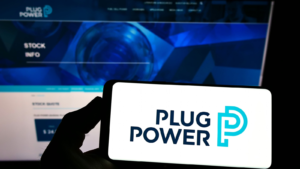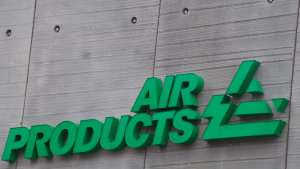Hydrogen energy emerges as a promising solution to address fuel production challenges and reduce harmful emissions. Projections suggest a potential 30% cost reduction in producing hydrogen from renewable electricity by 2030.
However, the slow development of hydrogen infrastructure remains a significant hurdle in achieving widespread adoption. Even if hydrogen production becomes more cost-effective, its advance to the forefront of energy sources would be a gradual process, requiring extensive customization of vehicles and service stations.
Nine countries, led by Europe, have unveiled national hydrogen strategies, signaling a commitment to achieving a net-zero energy system by 2050. An important development was the release of the groundbreaking report issued by the International Energy Agency, which analyzed the status and future development of hydrogen.
The IEA report emphasized the strong political and business support for clean hydrogen, with a notable surge in global policies and projects in recent years. The IEA recommends scaling up technologies and reducing costs to facilitate the widespread use of hydrogen.
Although the hydrogen theme performed well in 2022 due to the Inflation Reduction Act and a heightened push to reduce reliance on fossil fuels post-Russia’s invasion of Ukraine, the difficult macro environment has affected its trajectory.
Surging interest rates, with the U.S. effective federal funds rate at approximately 5.33%, more than double the levels seen in September 2022 following the Fed’s interest rate hikes, have played a key role.
Let’s take a look at three hydrogen stocks that stand out in the current market.
Bloom Energy (BE)

Bloom Energy (NYSE:BE) offers a clean, direct exposure to the growing market for clean and sustainable energy solutions. The company specializes in fuel cell technology, providing efficient and low-emission power solutions. Bloom Energy stock is down about 52% over the last 52 weeks.
Shares received a boost late last year after the company announced a deal with SK ecoplant. As per the agreement, SK ecoplant has committed to procuring 500 megawatts (MW) of Energy Servers from Bloom Energy until 2027.
This extension is expected to result in around $1.5 billion in product revenue and $3 billion in service revenue for Bloom Energy over a 20-year period. The extended agreement stretches the initial term from 2024 to 2027 and includes a recommitment of approximately 250 MW from the 2021 agreement, along with an additional 250 MW under the current arrangement.
Plug Power (PLUG)

Plug Power (NASDAQ:PLUG) provides hydrogen fuel cell solutions for various applications, including transportation and stationary power. Shares tumbled by over 80% over the last 52 weeks due to overall market uncertainty and investor concerns about depressing margins due to elevated product costs and investments.
More notably, the stock tumbled as much as 35% in a single day in November after PLUG issued a going concern warning. Plug Power attributed challenges to severe constraints in the liquid hydrogen market in North America due to frequent force majeure events, causing volume limitations and disrupting deployments and service margin improvements.
Plug Power’s annual financial performance has also been adversely affected by unprecedented supply challenges in the hydrogen network across North America. The company generated just about $669 million in revenue over the first three quarters of 2023.
However, if the company can stage a turnaround, shares could surge given its depressed valuation. Out of the three hydrogen stocks mentioned in this article, investing in PLUG involves the highest risk.
Air Products and Chemicals (APD)

Air Products and Chemicals (NYSE:APD) offers a nice way to invest in a stock that is focused on sustainability and new energy. The company’s core business provides essential industrial gasses, equipment, and expertise across diverse industries, including refining, chemicals, electronics, and manufacturing.
Notably, Air Products leads the development, engineering, and operation of large-scale industrial gas and carbon-capture projects, supplying clean hydrogen for global transportation, industrial sectors, and the broader energy transition.
With fiscal 2022 sales reaching $12.7 billion across 50 countries and a market capitalization of approximately $65 billion, Air Products is a major player in the energy landscape. As the world’s largest producer of hydrogen and a pioneer in energy transition initiatives, the company recently unveiled plans for a multi-modal hydrogen refueling station in Alberta, Canada.
This station, part of Air Products’ net-zero hydrogen energy complex, marks the company’s first in Canada and represents a major step in advancing sustainable hydrogen solutions. Shares are down just 14% over the last 52 weeks and APD offers arguably the safest way to invest in hydrogen technology given the company’s other successful parts of the business.
On the date of publication, Shane Neagle did not hold (either directly or indirectly) any positions in the securities mentioned in this article. The opinions expressed in this article are those of the writer, subject to the InvestorPlace.com Publishing Guidelines.
Shane Neagle is fascinated by the ways in which technology is poised to disrupt investing. He specializes in fundamental analysis and growth investing.
